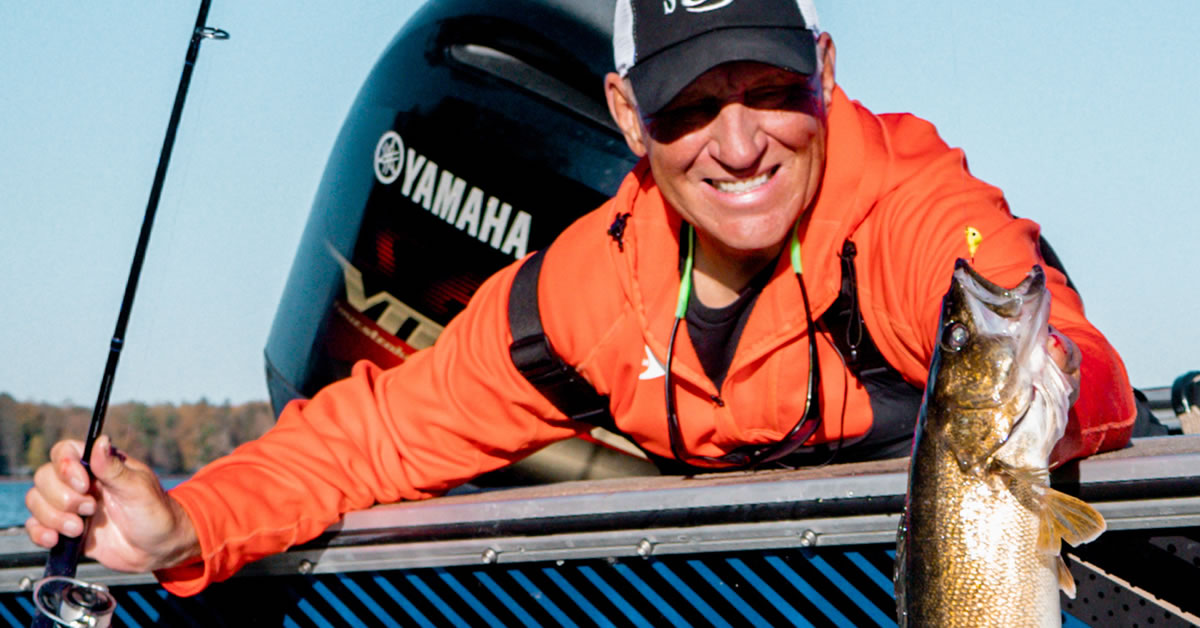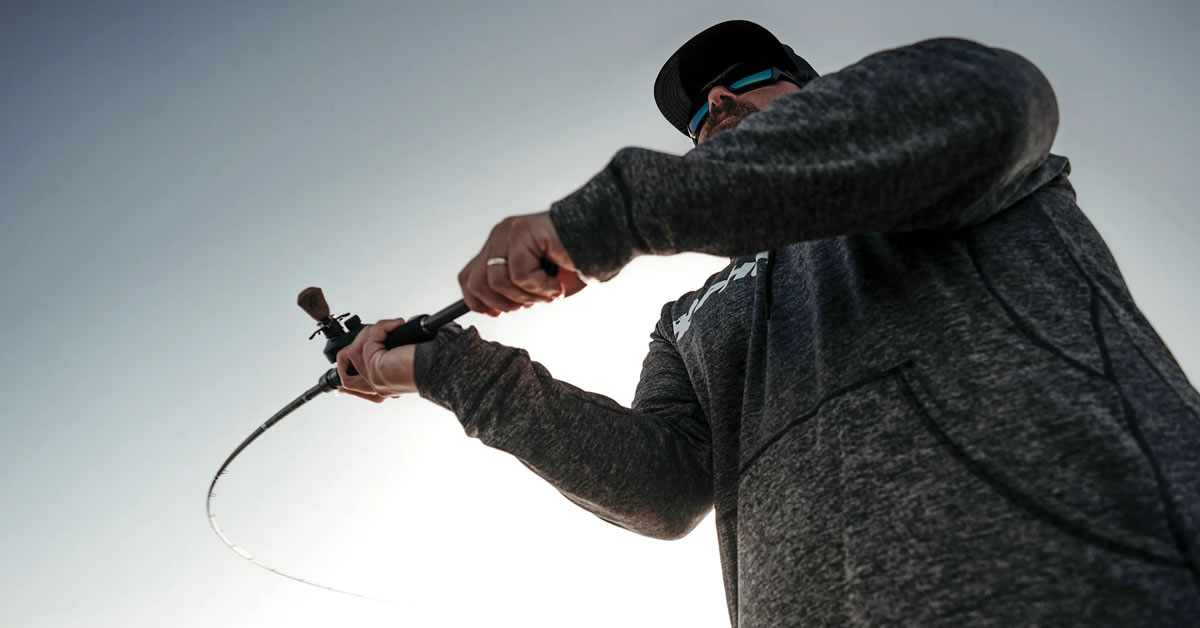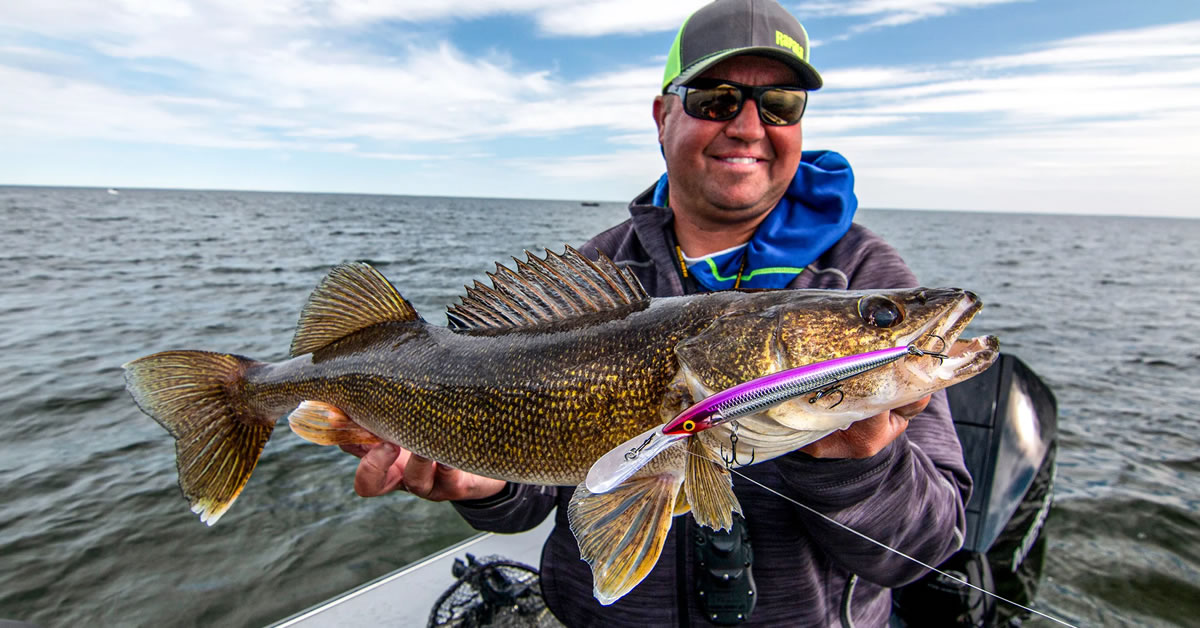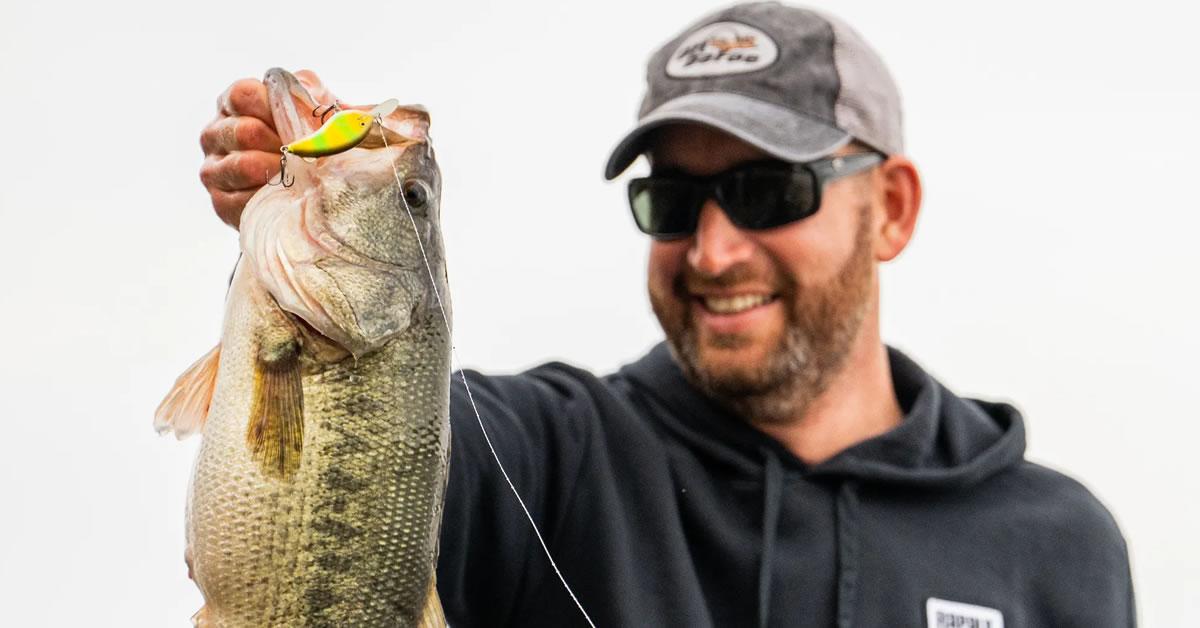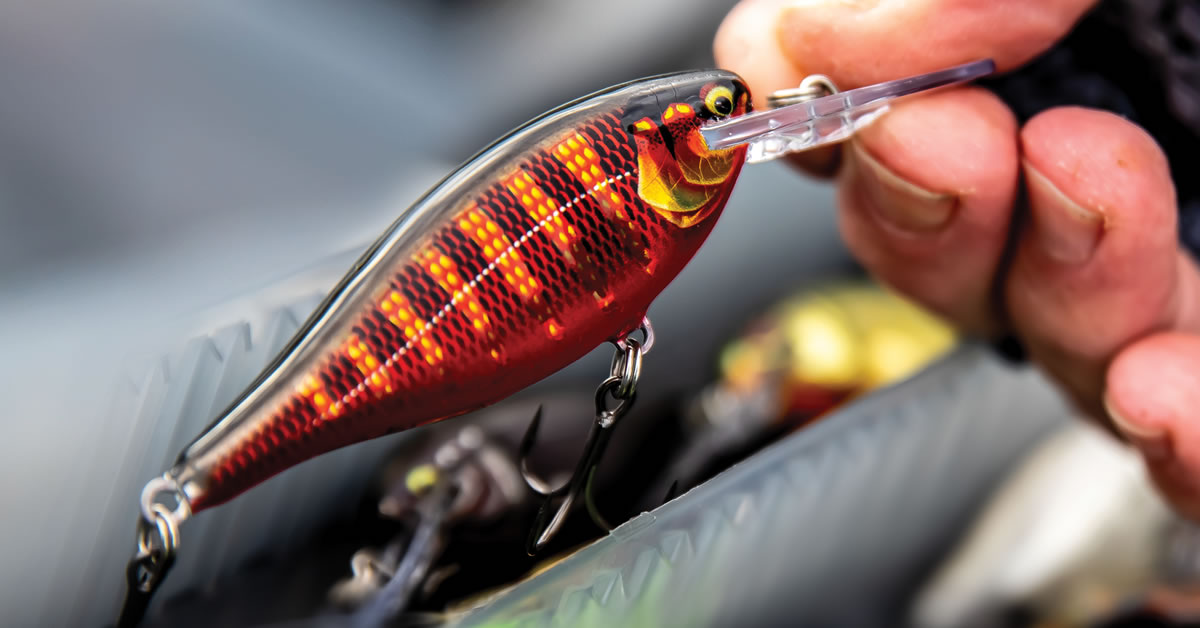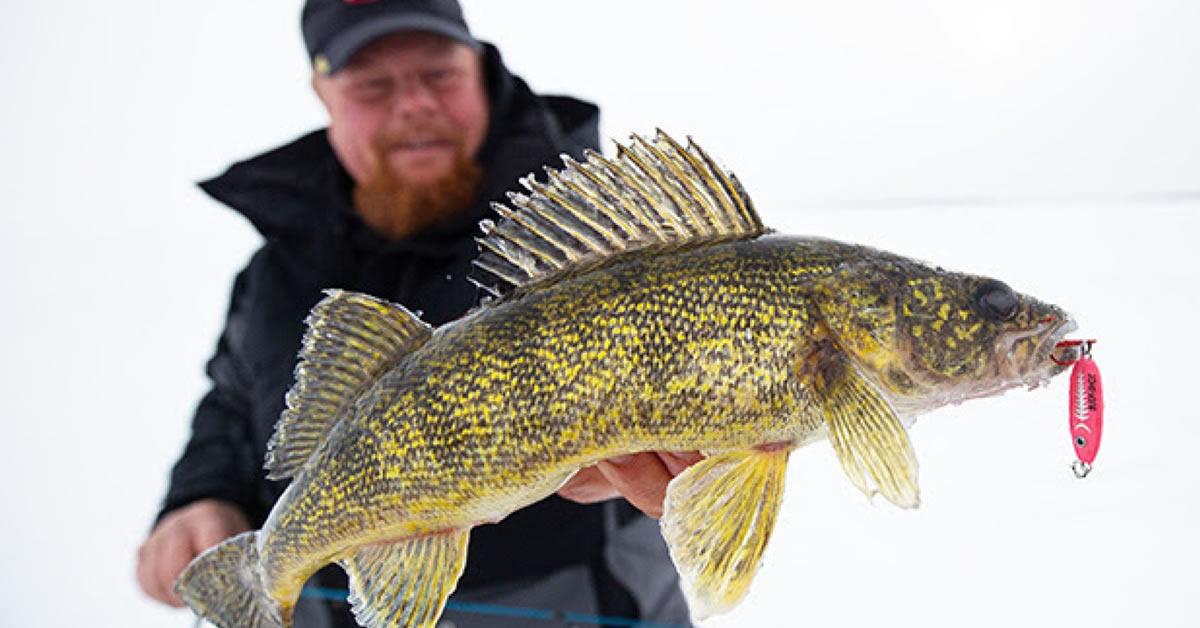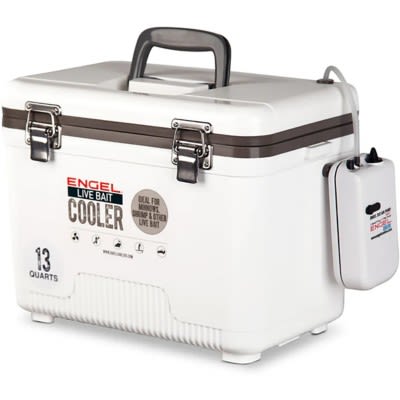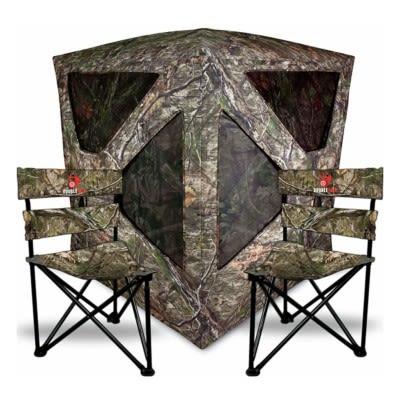Dragging Up Ice-Out Walleye
Dragging jigs is a great way to catch early spring walleye and the rewards are worth the effort.
by Craig RitchieSpring walleye fishing takes on two very different forms in most parts of the country, separated by the spring spawning season.
While most anglers are intimately familiar with the annual spring bonanza that takes place once the fish conclude spawning, and the traditional April or May opening of walleye season arrives, few realize that there can be a wonderful open water bite just as soon as the ice goes out, and before the fish come under seasonal closures to protect them during the spawn.
The key here is to get out before those winter seasons close, and fish spots where walleye can be found in high concentrations as they prepare to spawn. Happily for open water anglers, the best spots are also the first spots to become ice-free - rivers.
Walleye love current, and large numbers of lake-resident fish will ascend tributary rivers with good currents every spring to do their thing and create more walleyes. The best place to find numbers of pre-spawn walleye are in deep river holes where the fish will gather in numbers waiting to do their thing. As they wait, many of them will still want to snack.
But that's it - they're looking to snack, not eat. Their bellies are already sagging under the weight of mature spawn, so light meals are the order of the day.
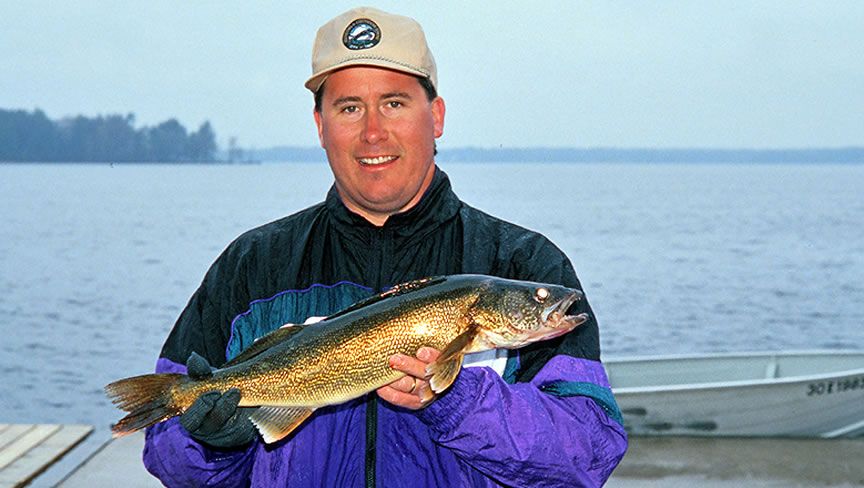
I tend to fish with the boat more than I fish with my rod, meaning that rather than endlessly casting and retrieving, I'll toss the jig out there and drift very slowly with the current, using the electric motor to modulate my progress so the jig doesn't drift by too quickly.
Because it's such a slow motion tactic, dragging jigs like this is not something you want to do when you don't know where walleye are. It's not a tactic to use when you need to go looking for fish. Dragging jigs is a tactic for when you know where the fish are, and understand that their very low activity level means you'll just have to put in your time.
The traditional choice for dragging has always been the basic hair jig. Tied on a simple round head, bucktail has a lot of properties that make it ideal for tempting big post-spawn walleyes that are suffering from lockjaw. The gentle undulating action of bucktail is very tough to replicate with any other material. It pulses as it drags along on bottom, offering a lifelike appearance that even the most hard-nosed walleye has trouble resisting.
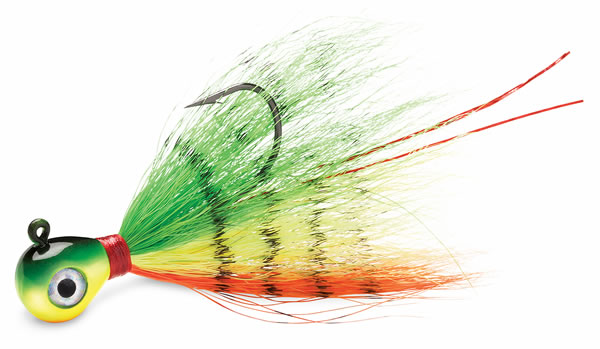
Marabou, which is actually the soft under feathers of a turkey, ranks as a close second to bucktail as a traditional favorite for dragging. Like bucktail, it has a wild, erratic action at even the slightest movement, pulsing and writhing like a real thing, even at rest. However, it's a more fragile dressing than bucktail, and seldom lasts as long - especially if perch and rock bass are abundant.
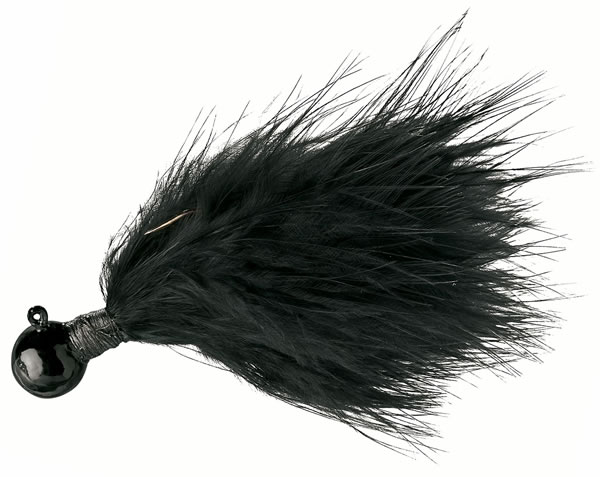
Dragging a jig as you crawl along at ultra-slow speeds seems simple enough, but the effectiveness of dragging lies in the details. The key is in how the jig behaves as it plows along, catching and pulling against bottom features. The trick is to have the nose of the jig dig in now and then, so the tail pops almost straight up - the bait rolling forward on the jig head, not falling over sideways. This is why hair or feather jigs tied on round heads tend to outperform all other types - the round jig heads roll easily, and the lightweight and naturally-buoyant bucktail or marabou dressing bobs up with far less resistance than plastics.
Dragging jigs is a great way to catch those early spring walleye. While it does require a certain amount of patience, the rewards make it more than worth the effort.



